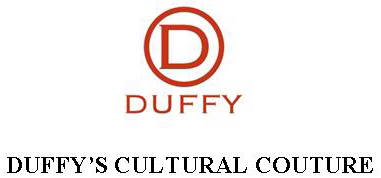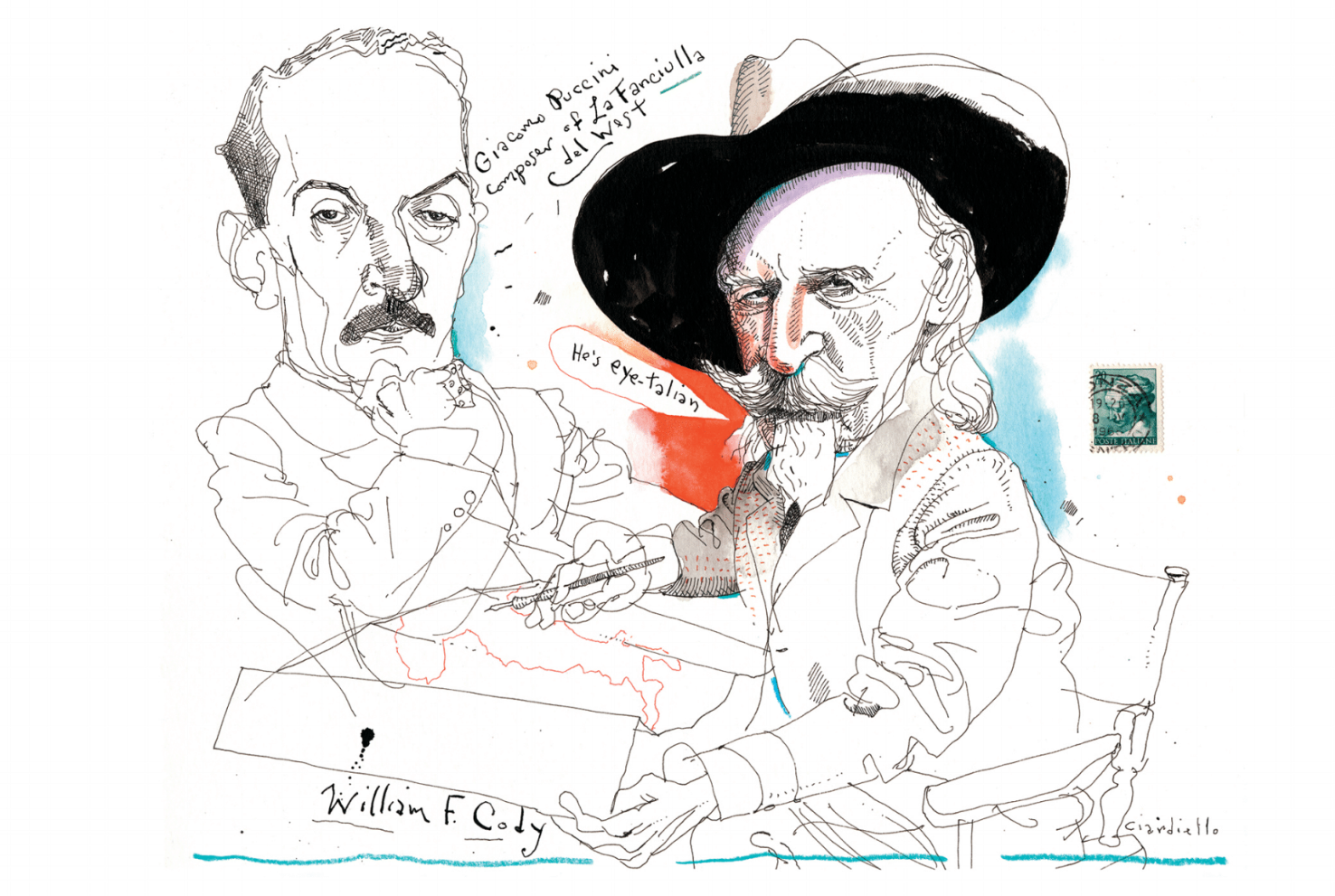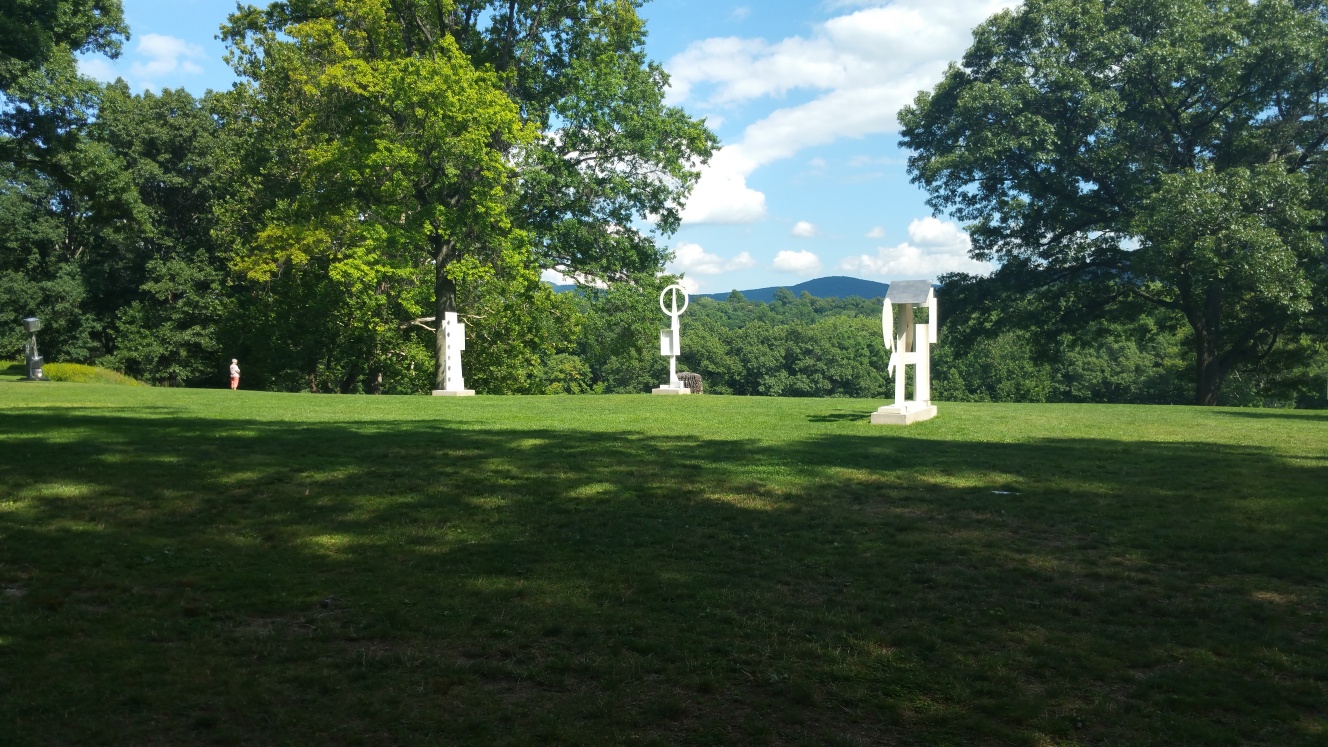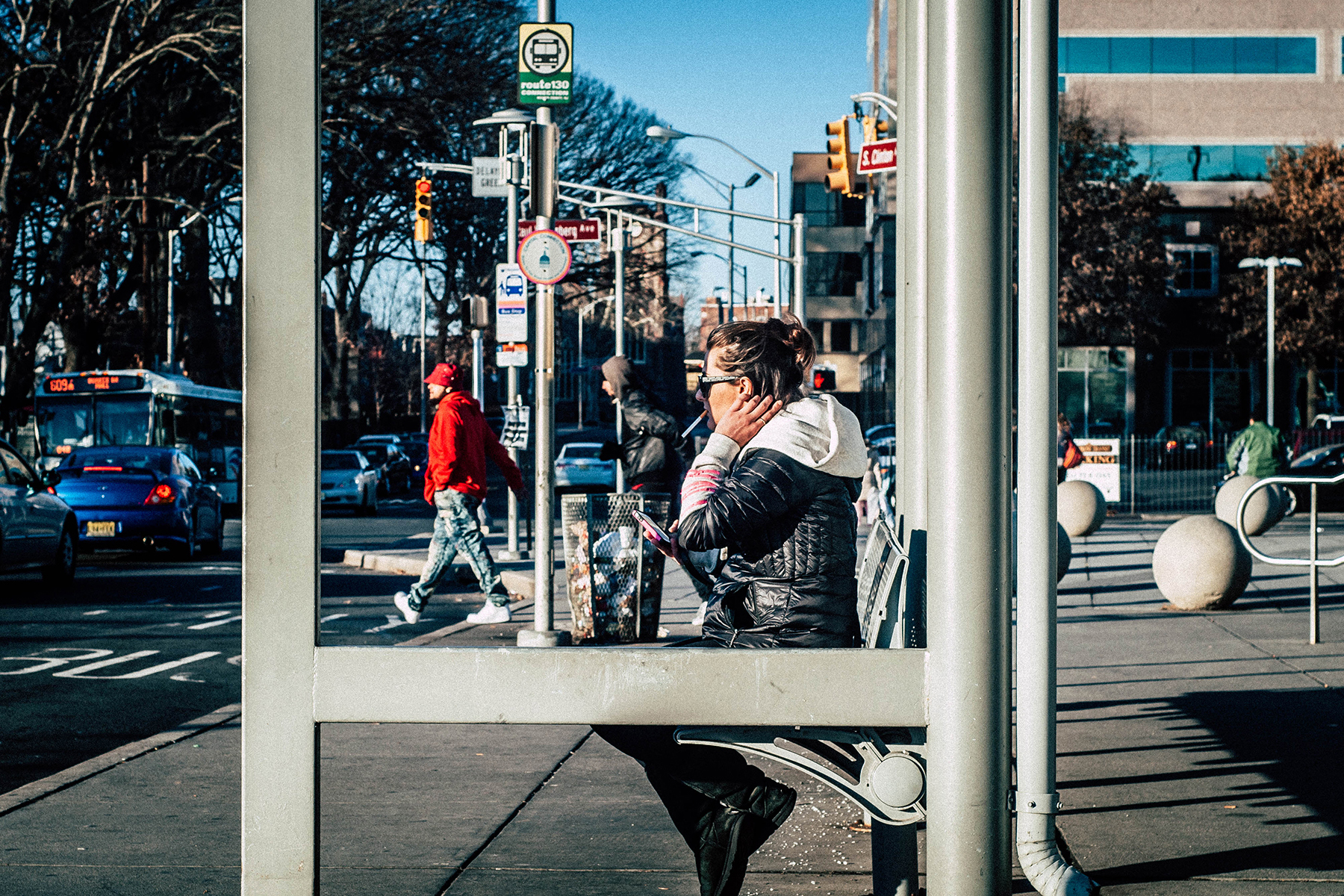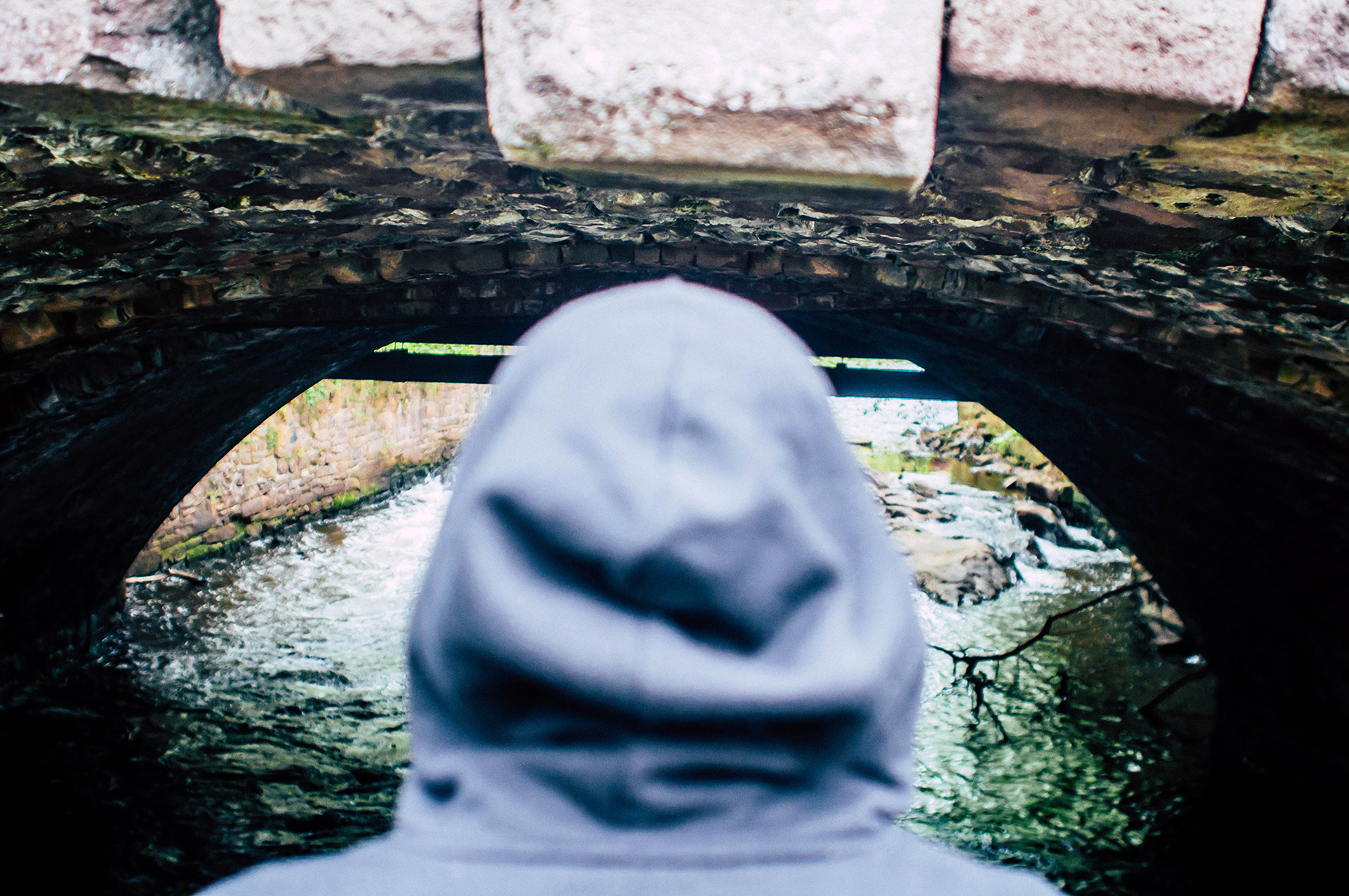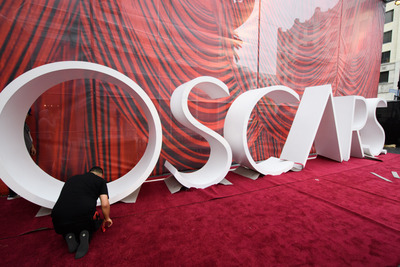Bringing Prints to the Masses in the United States
Zimmerli Examines Lesser Known Legacy of the WPA
Screenprinting is one of the most recognizable forms of creative expression in American popular culture: from Andy Warhol’s serial images of iconic people and products, to witticisms emblazoned on t-shirts and casual screenprinting classes. But the medium’s present day ubiquity took root during the Great Depression when, through programs administered by the Works Progress Administration (WPA), the government encouraged the production and consumption of art by the general public. Serigraphy: The Rise of Screenprinting in America, opening September 5 at the Zimmerli Art Museum at Rutgers, explores how the technique was adapted to create fine art that was accessible and affordable to the middle class during the 1930s and 1940s. Despite the ongoing devastation that followed the nation’s worst financial disaster, public support for the arts reached one of its highest levels in history. While murals in public buildings, photographs of rural and urban families, and documentation of American music are probably the most widely known projects accomplished by the Works Progress Administration, a collaborative environment also allowed for the development and dissemination of screenprints.
“WPA initiatives emphasized the value of artistic expression in everyday American life,” notes Nicole Simpson, the Zimmerli’s Assistant Curator of Prints and Drawings. “Artists decided to use the term ‘serigraph’ for these prints to distinguish them from the strictly commercial screenprints that had been produced for centuries. They created the prints in editions, which were widely distributed and readily available for people to display in their homes. This increased acceptance of screenprinting was a pivotal moment in the conversation about the role of art and its audience in the United States.”
Active from 1935 to 1943, the WPA was the most ambitious American New Deal agency, employing millions of people to alleviate long-term unemployment during the Great Depression. Work relief provided jobs and income for individuals, proving to be more effective than handouts. While most workers carried out public construction projects, an important element was the Federal Art Project, which employed artists across all disciplines, many of whom proceeded to pursue active, influential careers during the second half of the 20th century.
In 1938, Anthony Velonis (whose 1939 Third Avenue "El" is on view) was chosen to head the WPA’s new Silk Screen Unit. He recognized the crosscurrent of participants’ varied technical experience, as well as the flexibility of the medium and its appeal to a wide range of artists: social satirists, political realists, illustrators, abstract artists. Two works from Hugo Gellert’s portfolio Century of the Common Man (1943) incorporate texts and images inspired by the desire for a more egalitarian American society, a reflection of the growing interest in Communism at the time. The relative ease of the process also allowed artists to work in a variety of styles – from crisp, flat patterns, to rich, layered textures that mimicked oil paintings – and depict a broad range of such familiar subjects as portraits, still lifes, landscapes, and genre scenes, as well as newer abstract compositions. Richard Floethe, a German artist who had studied at the Bauhaus, served as head of the WPA’s poster division and encouraged their use of screenprinting. His Polo Ponies (1939) shows his facility at creating eye-catching designs and appealing color palettes. Thomas Arthur Robertson’s The Orange Point (1941) represents the growing interest in abstract compositions. Using numerous shades of yellow and orange, with rhythmic markings, he created a technically complex and visually arresting image.
The process of screenprinting is vividly brought to life in a group of five works by Hugh Mesibov, who worked for the Federal Arts Project in Philadelphia (where he, Dox Thrash, and Michael Gallagher developed the carborundum mezzotint technique). Multiple stages of his 1942 Nocturne, on loan from the Mesibov Family Trust, reveal the entire process: the original inception of the design in an egg tempera drawing, the process of printing from multiple screens visible in working proofs, and the completed screenprint. In this print, one of his earliest experimentations with screenprinting, he expressed the anxieties of World War II, drawing upon his experience working in the shipyards to produce this haunting, dreamlike landscape.
Several works in the exhibition foreshadow concepts eventually adopted by Pop artists in the 1960s. An original member of the Silk Screen Unit, Elizabeth Olds chose to satirize art enthusiasts with Picasso Study Club (1940). She exaggerated the figures to resemble the subjects of the cubist’s paintings they are examining. It initiated a discussion about the difference between “high art” and more democratic art – that artists like Olds were producing using screenprinting – a theme that is apparent throughout this exhibition. One of the oldest art forms – still life – is the subject of Dorie Marder’s Arrangement (1945). But she reimagined it in a modern, abstracted composition with flattened forms and vivid colors, a precursor to screenprints in the coming decades. Rainy Day (circa 1940) by Max Arthur Cohn contrasts many of the works in the show. Unlike the other vibrant and dynamic prints, it captures the glistening gloom of a drenched city street at night, with a few lonely city dwellers attempting to escape the elements. But this unassuming artist went on to own a graphic arts business in Manhattan, where he is said to have taught silkscreen techniques to a young man named Andy Warhol in the 1950s.
The exhibition also includes prints by: Jack Beauchamp, Leon Bibel, Adolf Dehn, Harry Gottlieb, Lena Gurr, Norma Bassett Hall, Hananiah Harari, Yvonne Twining Humber, Mervin Jules, Charles Keller, Edward August Landon, Guy Maccoy, Henry Mark, Robert McChesney, Carl Pickhardt, Harry Shokler, and Harry Shoulberg.
Serigraphy: The Rise of Screenprinting in America was organized by Nicole Simpson, Assistant Curator of Prints and Drawings. The exhibition is on view September 5, 2017, through February 11, 2018.
ZIMMERLI ART MUSEUM|RUTGERS
The Jane Voorhees Zimmerli Art Museum houses more than 60,000 works of art, ranging from ancient to contemporary art. The permanent collection features particularly rich holdings in 19th-century French art; Russian art from icons to the avant-garde; Soviet nonconformist art from the Dodge Collection; and American art with notable holdings of prints. In addition, small groups of antiquities, old master paintings, as well as art inspired by Japan and original illustrations for children’s books, provide representative examples of the museum’s research and teaching message at Rutgers. One of the largest and most distinguished university-based art museums in the nation, the Zimmerli is located on the New Brunswick campus of Rutgers, The State University of New Jersey. Established in 1766, Rutgers is America’s eighth oldest institution of higher learning and a premier public research university.
VISITOR INFORMATION
Admission is free to the Zimmerli Art Museum at Rutgers. The museum is located at 71 Hamilton Street (at George Street) on the College Avenue Campus of Rutgers University in New Brunswick. The Zimmerli is a short walk from the NJ Transit train station in New Brunswick, midway between New York City and Philadelphia.
The Zimmerli Art Museum is open Tuesday through Friday, 10 a.m. to 4:30 p.m., Saturday and Sunday, noon to 5 p.m., and select first Tuesdays of the month, 10 a.m. to 9 p.m. The museum is closed Mondays and major holidays, as well as the month of August.
PaparazZi Café is open Monday through Thursday, 9:00 a.m. to 4:30 p.m., and Friday, 9 a.m. to 2 p.m., with a variety of breakfast, lunch, and snack items. The café is closed weekends and major holidays, as well as the month of August.
